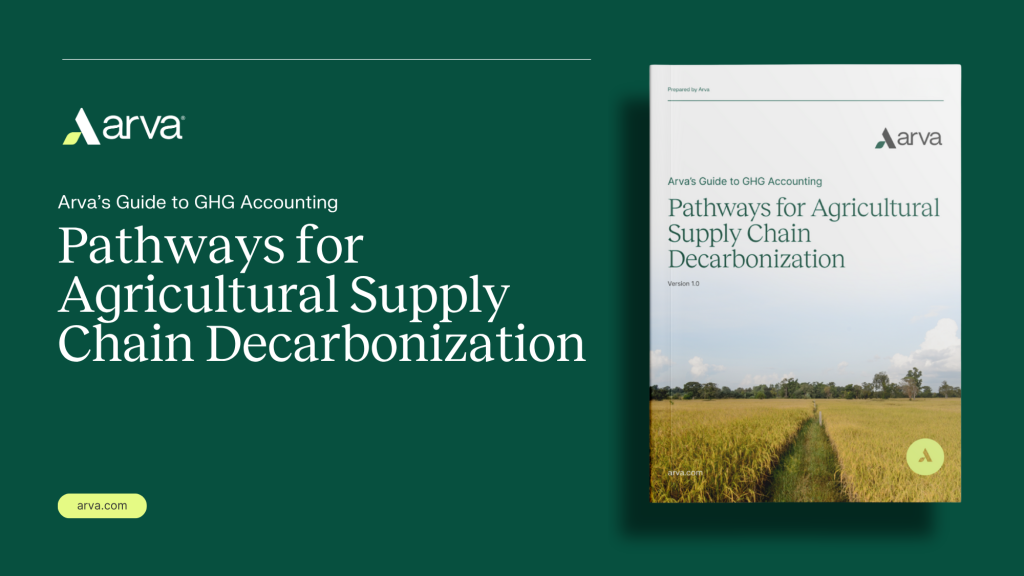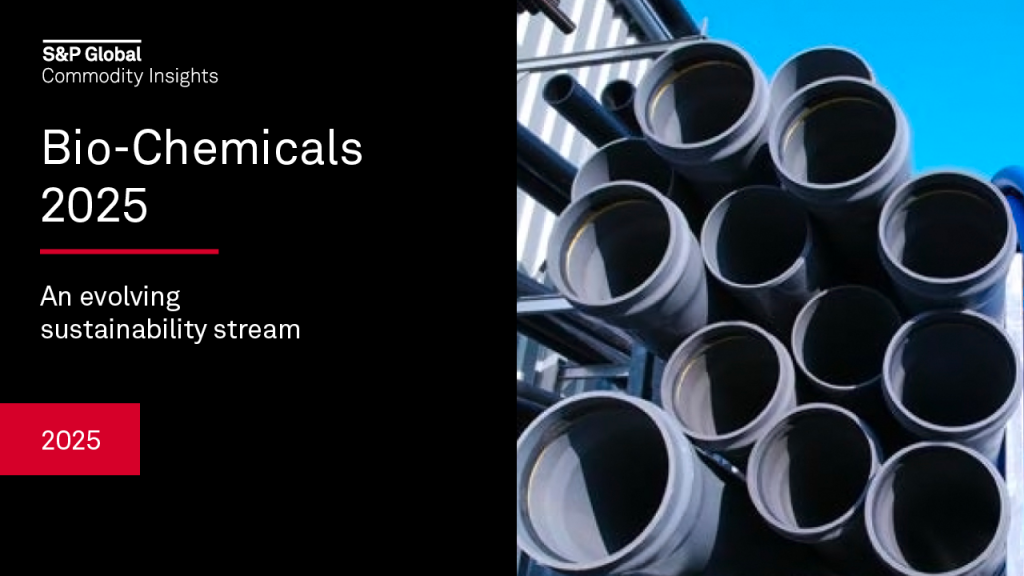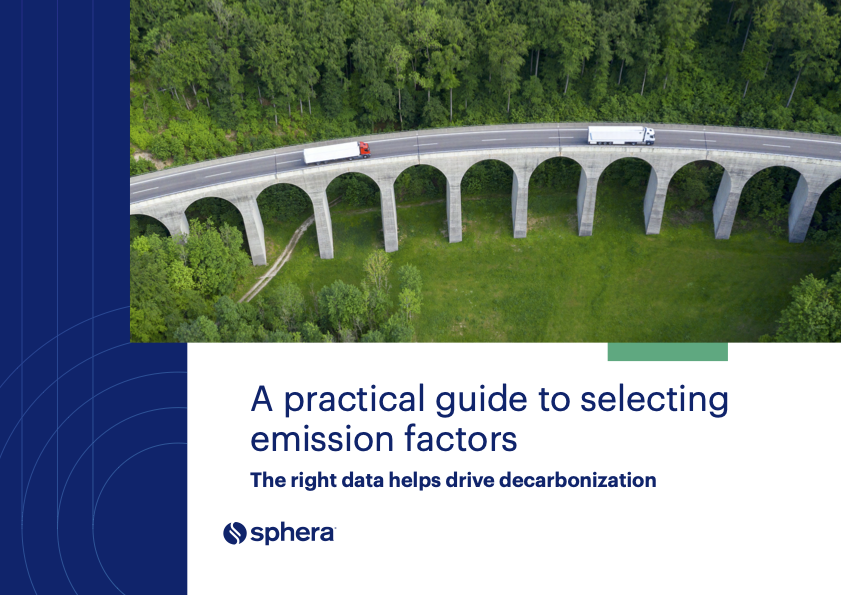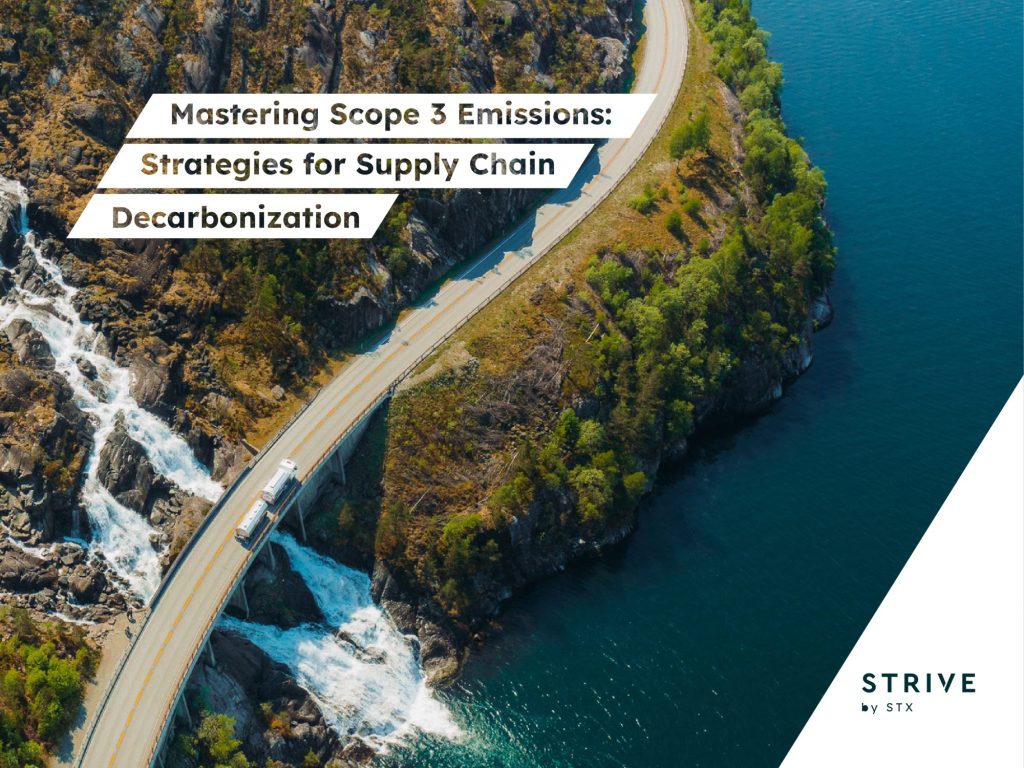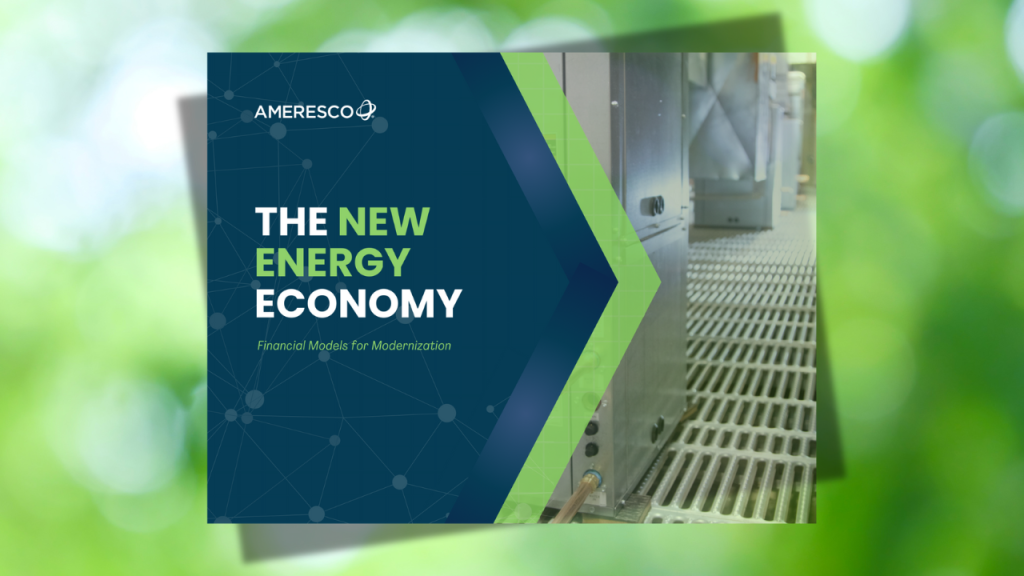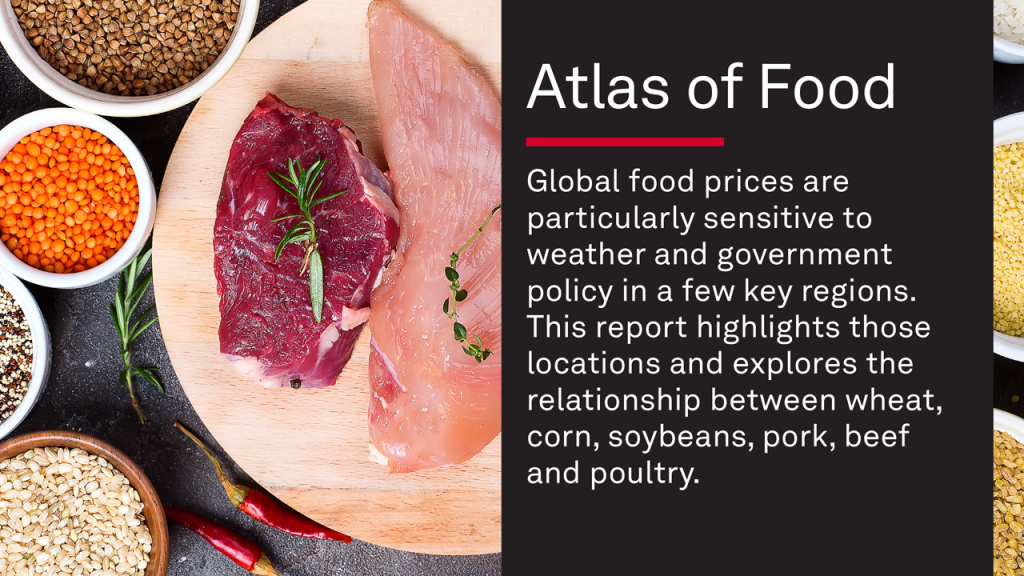Sustainable food and ag practices lead to revenue growth for more than 70 percent of companies
Study shows companies also reported improvements in operational efficiency and supplier relations. Read More
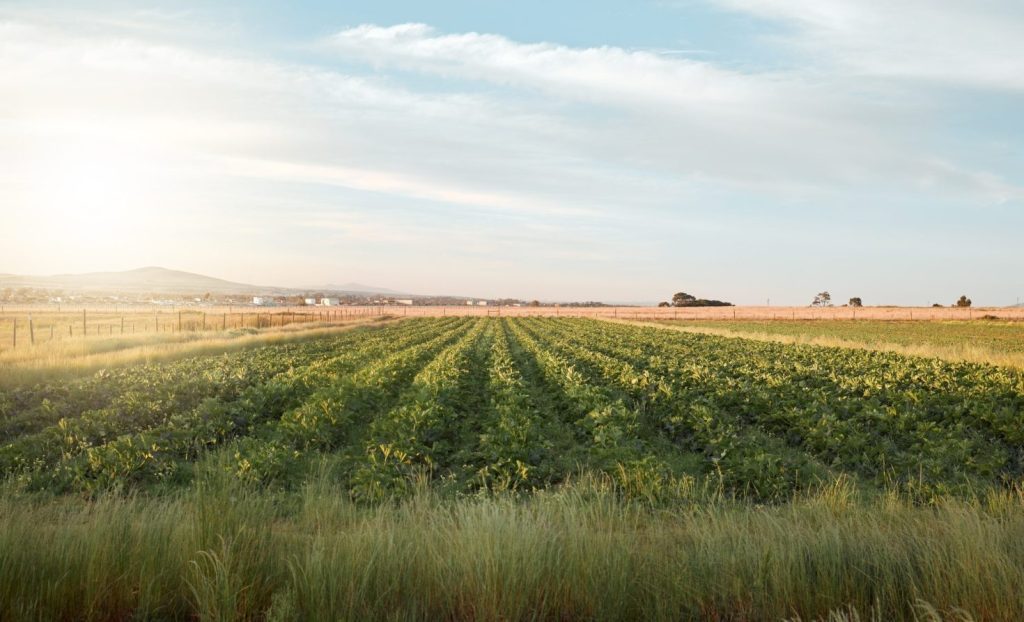
- A recent study found sustainability strategies in the food and agriculture sector are helping nearly 80 percent of companies increase revenue growth and more than 70 percent reduce costs.
- Despite carrying an average price premium of nearly 27 percent, growth in sustainable foods is happening faster than in their conventional counterparts.
- To enhance value chains, many companies are collaborating on supply chain segments.
As you sip your morning coffee, you may not be aware that it could be harder to get that fresh cup in the near future. That’s because some studies suggest a 50 percent reduction in the number of regions suitable to grow coffee in the next two decades due to climate impacts.
Food and agriculture companies are on the frontline of being affected by extreme weather. From impacts on crops, human productivity and animal welfare concerns to plastic packaging bans and human rights issues, agricultural companies face many challenges in their supply chains.
Investments in sustainability to address these issues are not only critical to the financial performance of food and agriculture companies, but essential to their ability to produce and sell products and services globally.
In a recent study by the NYU Stern Center for Sustainable Business (CSB) and Deloitte, researchers found the sector’s investments in tackling material sustainability challenges can drive margin improvements through cost reductions and revenue increases. The study analyzed 12 Return on Sustainability Investment (ROSI) sustainability strategies and surveyed 350 global food and agriculture executives across key segments of the value chain: processing, manufacturing, food services, restaurants and retail. The research highlights the main drivers of revenue growth at each step in the value chain, driven by consumer demand and strengthened through cross-chain collaborations.
A primary motivation: Reduce downside risk
In the survey, 79 percent of respondents reported revenue growth of more than 2 percent from investing in sustainability strategies, and 74 percent saw cost reductions of more than 2 percent. When asked where this value was realized, about 40 percent of companies said their primary motivation for these investments — both within their own operations and those of their suppliers — was to reduce downside risk.
However, many also saw unexpected benefits. At least 35 percent reported improvements in sales and marketing, operational efficiency and supplier relations. For instance, a major food processor that invested in sustainable palm oil sourcing — ensuring compliance with “No Deforestation, No Peat, No Exploitation” policies and improving traceability — achieved both risk reduction and business gains, ultimately realizing a 10-year net benefit of $72 million.
Consumer demand increases
Revenue gains from sustainability aren’t limited to upstream operations. According to CSB’s 2024 Sustainable Market Share Index, consumer packaged goods (CPG) with sustainable attributes accounted for 23.8 percent of market share — an increase of 9.2 percentage points since 2013.
These products are growing faster than their conventional counterparts, with a five-year compound annual growth rate of 12.4 percent, nearly double the 6.8 percent growth rate of the overall CPG market, despite carrying an average price premium of nearly 27 percent. In the food and beverage category specifically, the sustainability premium is even higher — by nearly 10 percent in 2023 — with certain products such as coffee and yogurt commanding premiums of 60 percent and 46 percent, respectively, according to the latest data available.
Highlighting the stakes, a senior vice president within the dairy industry noted, “If we don’t implement practice changes for lower-carbon milk, then our long-term penalty would be much greater because there won’t be a place on shelves for our product.”
Value chain collaboration
The food and agriculture industry is one of the biggest greenhouse gas emitters globally and its supply chains are very complex. This means that different sustainability strategies will have varying relevance for value chain segments. For example, processors selected improving food loss and waste management as a top strategy contributing to revenue increases, while retailers selected sustainable packaging solutions.
However, there are shared priorities that can foster collaboration across supply chain segments. For instance, sustainable and responsible sourcing ranked among the top three cost-reducing strategies in four out of five segments analyzed. Retailers were the exception — they didn’t list it as a top cost-saving measure, but did rank it as a leading strategy for generating revenue.
Considering this, it’s not surprising that 84 percent of survey respondents reported they’re co-investing to fund sustainability initiatives within the value chain. Our results found a positive association between companies that engage in pre-competitive collaboration and/or external partnerships and those that realized more than 5 percent revenue growth.
The future of food
The future of food and its enabling enterprises are dependent on continued access to water, nutrient-rich soil and labor. Robust, well-funded sustainability strategies are critical to maintain these valued resources and to provide opportunities for even greater financial performance. Our research suggests four steps for the industry include:
- Act and adapt: Strategically position the company for the future with the agility to adapt to the changing landscape.
- Drive progress in the face of uncertainty: Implement sustainability strategies because it’s good business and captures benefits well ahead of regulatory and reporting mandates.
- Invest in enabling the environment: Create internal infrastructure to support the success of key initiatives.
- Pursue collaboration: Identify the opportunities for co-investment and pre-competitive collaboration to capitalize on synergies in the value chain.
Investing in sustainable and regenerative agriculture practices can enable companies to build more resilient and sustainable food systems that protect the future of their business, the environment and the availability of nutritious products for generations to come.
[Join a vibrant community of leaders and innovators driving cutting-edge tools, business strategies, and partnerships to protect and regenerate nature at Bloom, Oct. 28-30, San Jose.]

Subscribe to Trellis Briefing
Featured Reports

